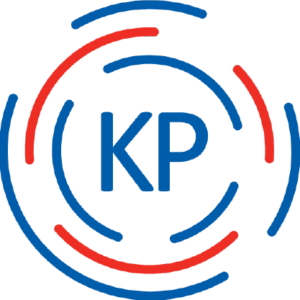ACTIVITY CALCULATOR
ACTIVITY CALCULATOR
How do you know which and how many activities your client is actually able to do, without overworking himself or herself?
How do you know which and how many activities your client is actually able to do, without overworking himself or herself?
At the outpatient clinic of the rehabilitation department of Meander Medical Centre, in Amersfoort, in the Netherlands, there was a need for a standardized method to provide coaching in energy conservation for clients with fatigue and chronic pain. Therapists needed a concrete instrument to weigh and plan activities with the client. This is why The Activity calculator was developed.

The Activity calculator was developed by practitioners and reviewed by other occupational therapists (OT) and clients. Receiving a positive response from most clients, the Activity calculator has gained an important role in self-management and energy conservation, within the OT treatment.
What is the Activity Calculator?
The Activity calculator is an instrument to weigh and plan a person’s daily activities. It can be used as a tool for clients, when they are willing to increase their energy management skills. With this tool the client gets insight in his/her own activities and how to achieve a balanced lifestyle. This might help to achieve his goals.
The Activity calculator provides the client with feedback about activities and this enhances the process of self-management to make own choices in life. It enables the client to prioritize meaningful activities and the daily use of the Activity calculator can increase self-knowledge of one’s capabilities. Therefore, the Activity calculator enhances self-management by giving the person a feeling of self-control, self-awareness and participation.
Target groups
You can use The Activity Calculator with people who suffer fatigue and are having problems managing their energy. The Activity Calculator is for instance used with:
- Chronic pain and fatigue
- Neuro- muscular diseases
- Orthopedic problems
The method can be used:
- to find a balance between what the client does and what the client can cope with (load balancing)
- to increase the amount of activity the client can manage in general





